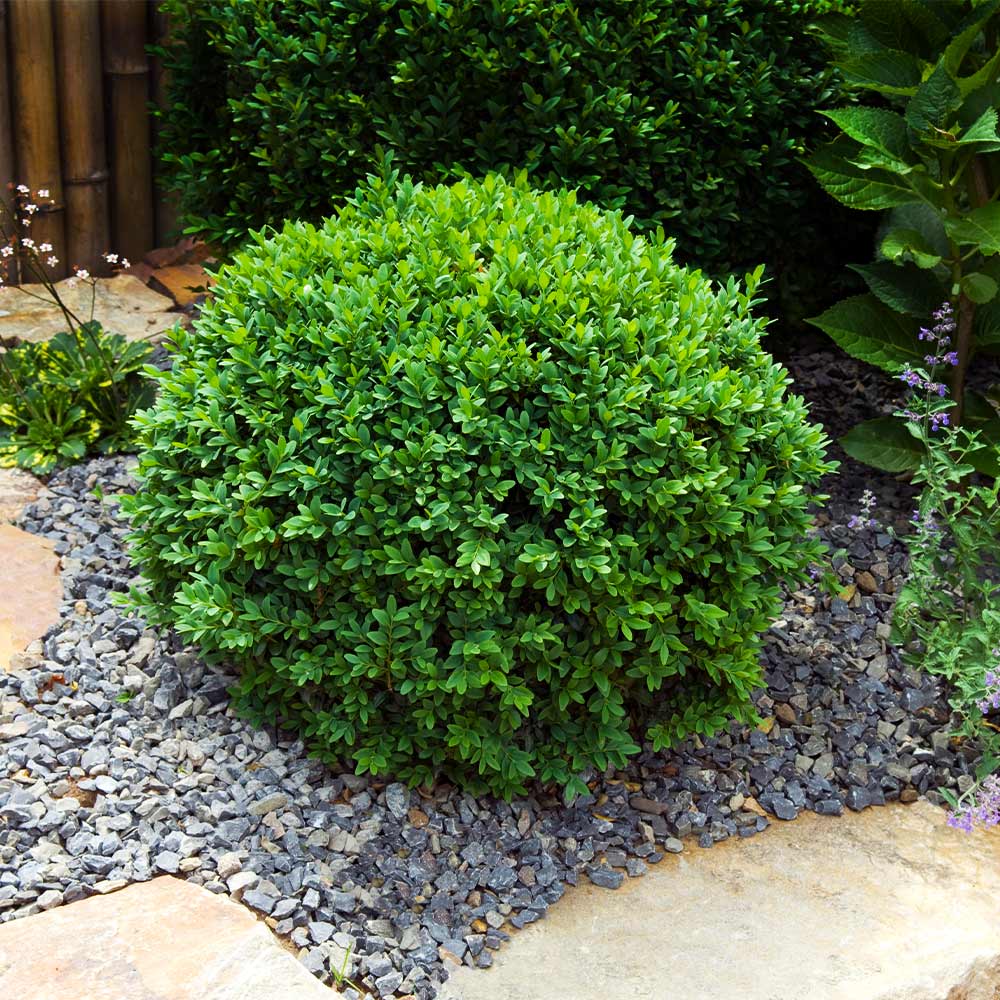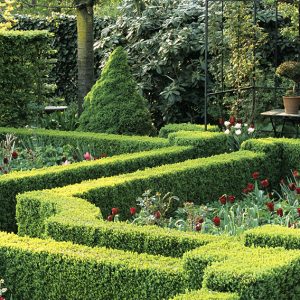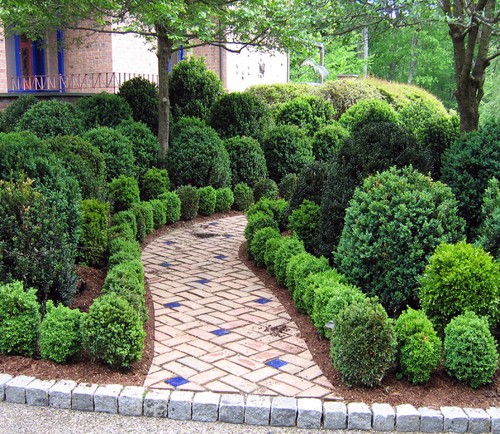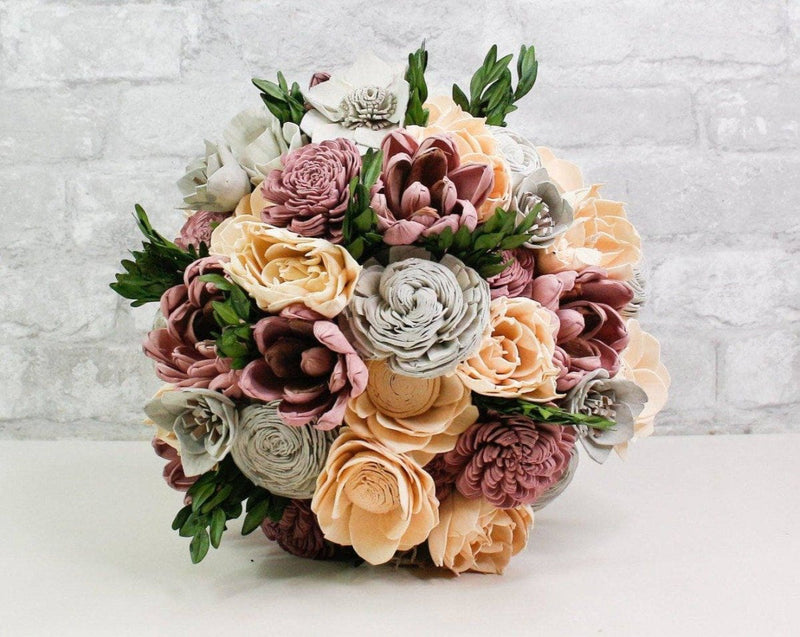Boxwood Bushes: The
Boxwood Bushes: The Evergreen Shrub That's Perfect for Any Garden
Boxwood bushes are a popular choice for gardeners of all levels of experience. They are easy to care for, versatile, and can add a touch of elegance to any landscape.
In this blog post, we will discuss everything you need to know about boxwood bushes, from their history and different varieties to their care and maintenance. We will also provide some tips on how to use boxwood bushes in your garden design.
History of Boxwood Bushes
Boxwood bushes have been cultivated for centuries. They are native to Europe and Asia, and were first used in Egypt in 4000 BC. The Egyptians planted boxwood in their gardens and trimmed them into formal hedges.
Boxwood bushes were also popular in ancient Greece and Rome. They were used to create statues, furniture, and musical instruments. In fact, the word "boxwood" comes from the Greek word "pyxos," which means "box."
Boxwood bushes continued to be popular throughout the Middle Ages and Renaissance. They were used in gardens and courtyards, and were also carved into intricate designs.
In the 17th century, boxwood bushes were introduced to North America. They quickly became popular, and were used to create hedges, topiary, and other landscape features.
Today, boxwood bushes are still one of the most popular shrubs in the world. They are available in a variety of sizes and shapes, and can be used in a variety of ways.
Different Varieties of Boxwood Bushes
There are over 100 different species of boxwood bushes. However, the most common varieties include:
- English boxwood (Buxus sempervirens): This is the most popular variety of boxwood bush. It is known for its dense, glossy foliage and slow growth rate. English boxwood can be grown in full sun to partial shade, and is hardy in USDA zones 5-9.

- American boxwood (Buxus nigra): This variety of boxwood bush is native to North America. It is similar to English boxwood, but has a slightly coarser texture and larger leaves. American boxwood is hardy in USDA zones 5-9.
- Korean boxwood (Buxus microphylla var. koreana): This variety of boxwood bush is known for its small, delicate leaves. It is a slow-growing shrub that is hardy in USDA zones 5-9.

- Wintergreen boxwood (Buxus harlandii): This variety of boxwood bush is known for its bright green foliage. It is a slow-growing shrub that is hardy in USDA zones 6-9.

How to Care for Boxwood Bushes
Boxwood bushes are relatively easy to care for. They need well-drained soil and full sun to partial shade. They should be watered regularly, especially during hot, dry weather.
Boxwood bushes are not very susceptible to pests or diseases. However, they can be susceptible to boxwood blight, a fungal disease that can cause the leaves to wilt and die. If you see signs of boxwood blight, prune away the affected leaves and branches and treat the plant with a fungicide.
How to Use Boxwood Bushes in Your Garden Design
Boxwood bushes can be used in a variety of ways in your garden design. They can be used to create hedges, borders, and topiary. They can also be used as accent plants or planted in containers.
If you are planning to use boxwood bushes to create a hedge, choose a variety that is the appropriate size for your space. English boxwood is a good choice for large hedges, while Korean boxwood is a good choice for smaller hedges.
If you are planning to use boxwood bushes as accent plants, choose a variety that has a unique shape or color. Wintergreen boxwood is a good choice for this purpose, as it has bright green foliage that stands out in the garden.
No matter how you choose to use them, boxwood bushes are a versatile and elegant addition to any garden.
Boxwood bushes are a classic addition to any garden, and for good reason. They are evergreen, so they provide year-round beauty, and they can be shaped into a variety of different forms, from formal hedges to whimsical topiary. If you are thinking about adding boxwood bushes to your landscape, I encourage you to visit Garden Wiki. This website has a wealth of information about boxwood bushes, including:
- Different types of boxwood bushes
- How to plant and care for boxwood bushes
- How to shape and prune boxwood bushes
- How to diagnose and treat boxwood bush problems
The website also has a beautiful gallery of photos of boxwood bushes in different settings, so you can get some inspiration for your own garden.
FAQ of boxwood bushes
- What are the most common uses for boxwood bushes?
Boxwood bushes are versatile plants that can be used in a variety of ways. They are commonly used as:
- Specimens: Boxwood bushes can be used as stand-alone specimens to add interest and beauty to your landscape.
- Hedges: Boxwood bushes can be trimmed into formal or informal hedges to provide privacy or define space in your yard.
- Mass plantings: Boxwood bushes can be planted in mass to create a lush, green backdrop for your flowers, shrubs, or trees.
- Topiary: Boxwood bushes can be trained into a variety of shapes, making them a popular choice for topiary projects.
- How do I take care of boxwood bushes?
Boxwood bushes are relatively easy to care for, but they do require some basic care to thrive. Here are some tips on how to care for boxwood bushes:
- Plant in the right location. Boxwood bushes prefer full sun to partial shade and well-drained soil.
- Water regularly. Boxwood bushes need to be watered deeply and regularly, especially during hot, dry weather.
- Fertilize in spring. Apply a balanced fertilizer to boxwood bushes in the spring to help them grow and thrive.
- Prune as needed. Boxwood bushes can be pruned in the spring or fall to maintain their shape and size.
- Protect from pests and diseases. Boxwood bushes are susceptible to a few pests and diseases, so it is important to inspect them regularly and take preventive measures as needed.
- What are the most common pests and diseases that affect boxwood bushes?
The most common pests that affect boxwood bushes are boxwood leafminer, boxwood psyllid, and boxwood scale. These pests can cause damage to the leaves and stems of boxwood bushes, making them unsightly and unhealthy.
The most common diseases that affect boxwood bushes are boxwood blight, boxwood dieback, and boxwood rust. These diseases can cause leaves to fall off, stems to die, and the entire plant to decline.
- How can I prevent pests and diseases from affecting my boxwood bushes?
There are a number of things you can do to prevent pests and diseases from affecting your boxwood bushes:
- Inspect your plants regularly. This will help you to identify any problems early on, when they are easier to treat.
- Remove affected leaves and stems. This will help to prevent the spread of pests and diseases.
- Apply pesticides and fungicides as needed. Follow the directions on the label carefully when using pesticides and fungicides.
- Water your plants regularly. This will help to keep them healthy and resistant to pests and diseases.
- Fertilize your plants as needed. This will help to promote strong growth and a healthy immune system.
- How can I revive a boxwood bush that is not doing well?
If your boxwood bush is not doing well, there are a few things you can do to try to revive it:
- Check the soil. Make sure the soil is well-drained and that the plant is getting enough water.
- Fertilize the plant. Apply a balanced fertilizer to the soil around the plant.
- Prune the plant. This may help to remove any dead or diseased tissue.
- Treat for pests and diseases. If you see any pests or diseases, treat them immediately.
- Be patient. It may take some time for the plant to recover.
Image of boxwood bushes
5 different images of boxwood bushes from Pinterest:




Post a Comment for "Boxwood Bushes: The"